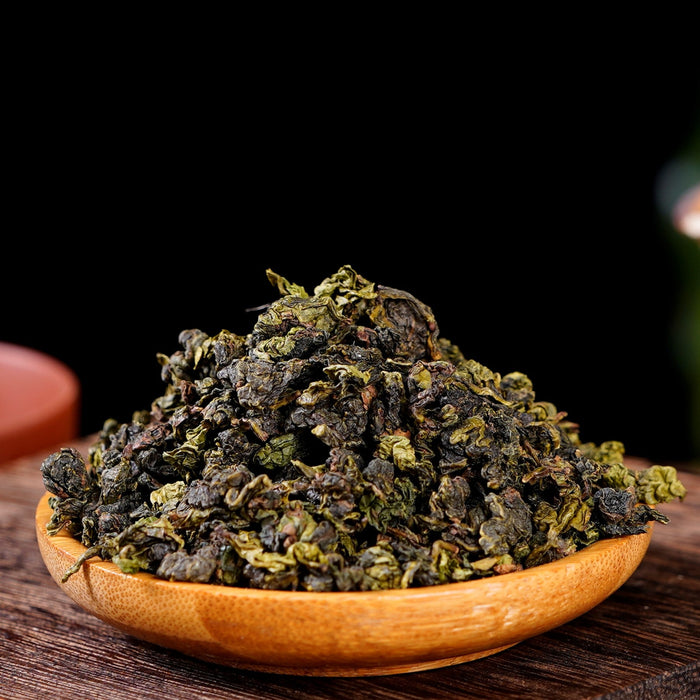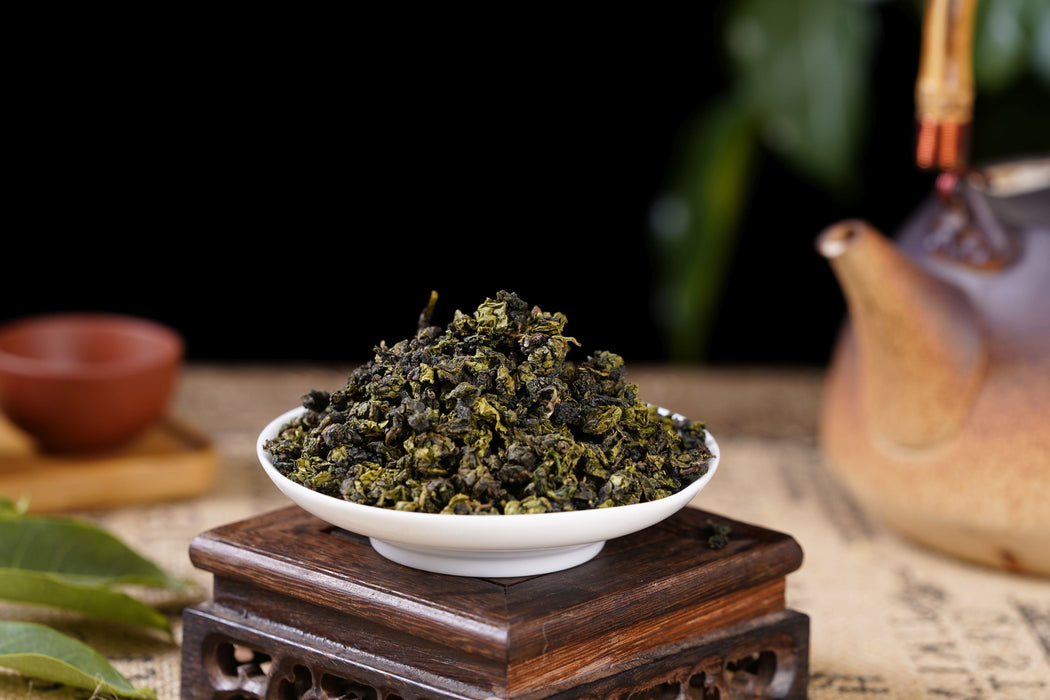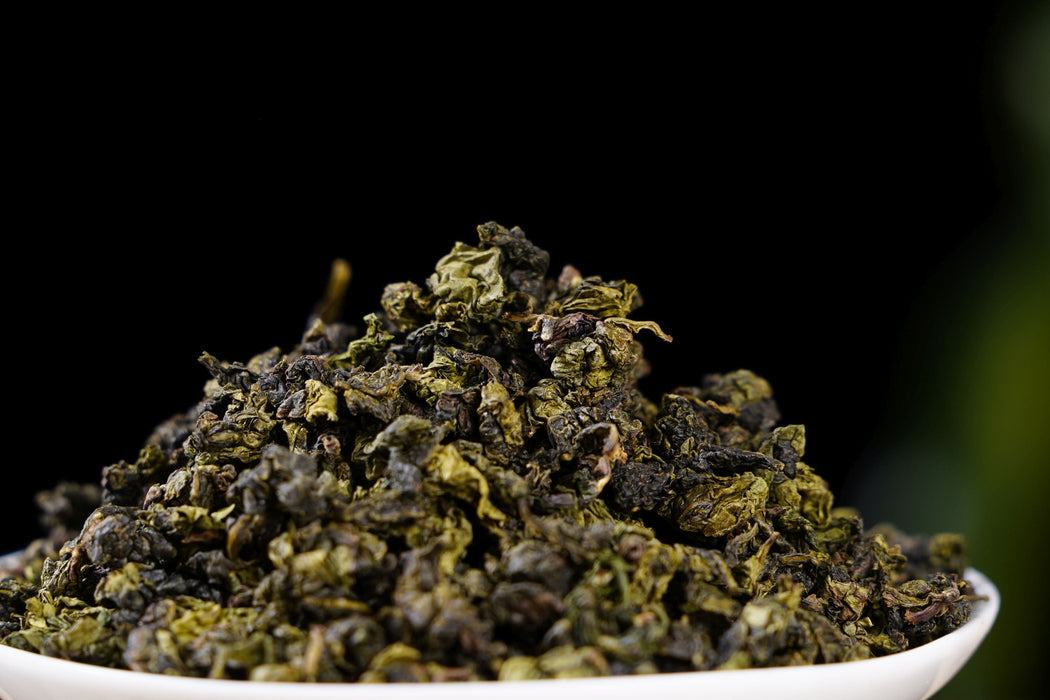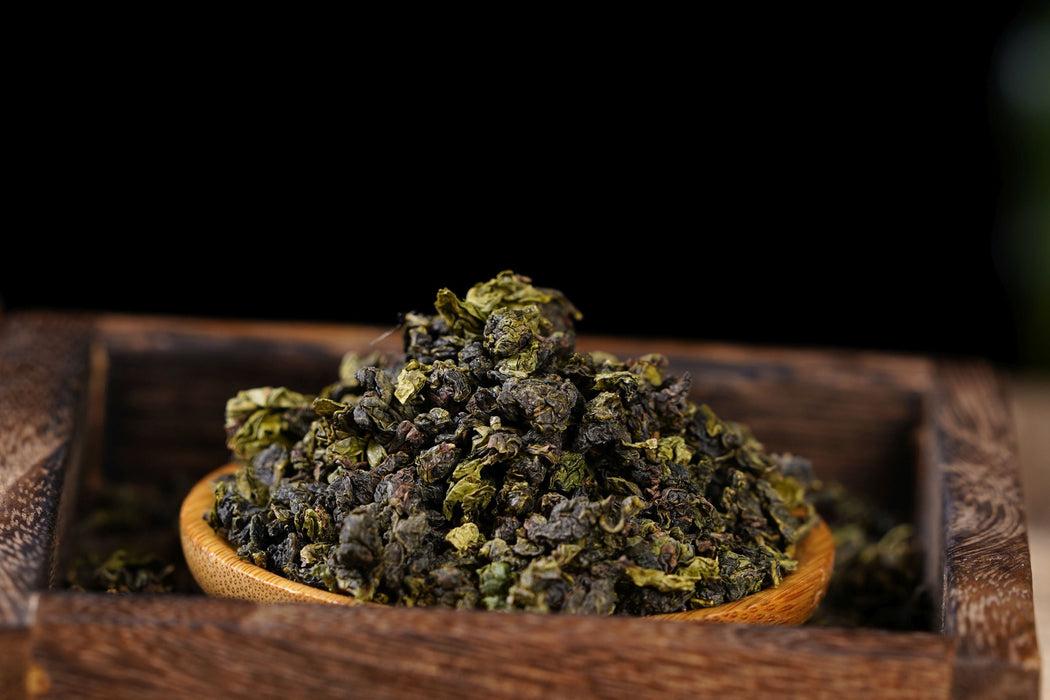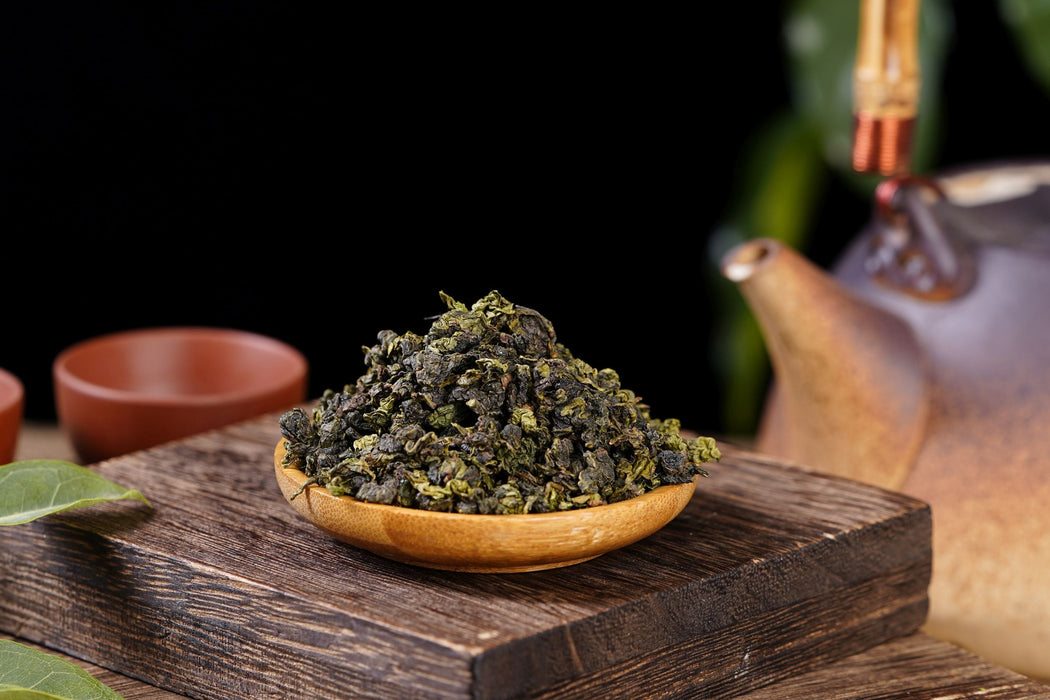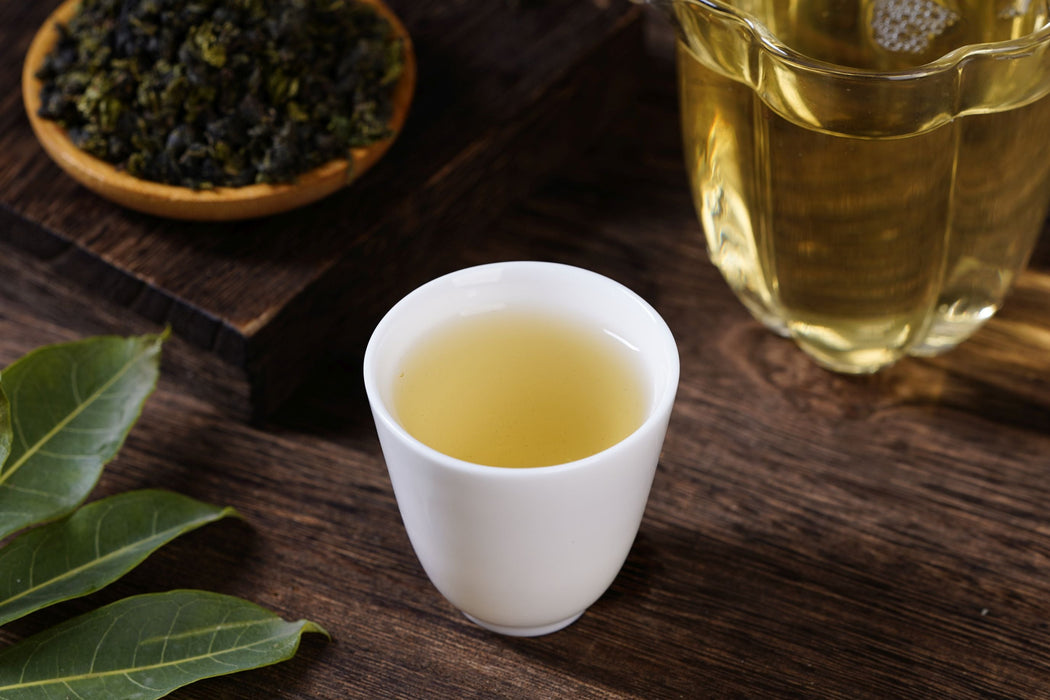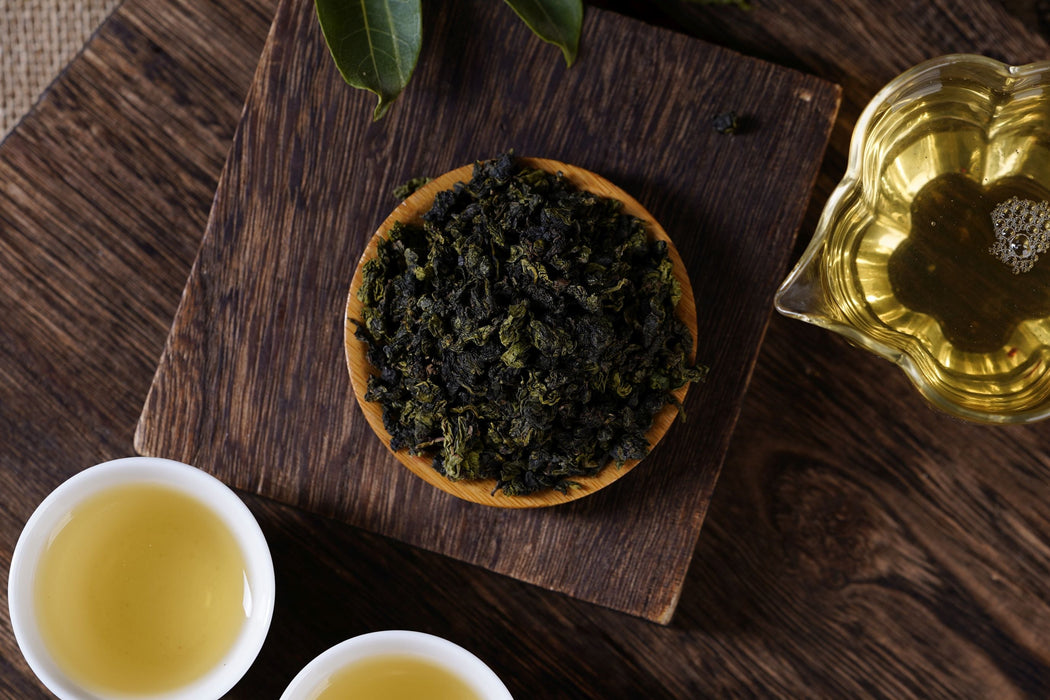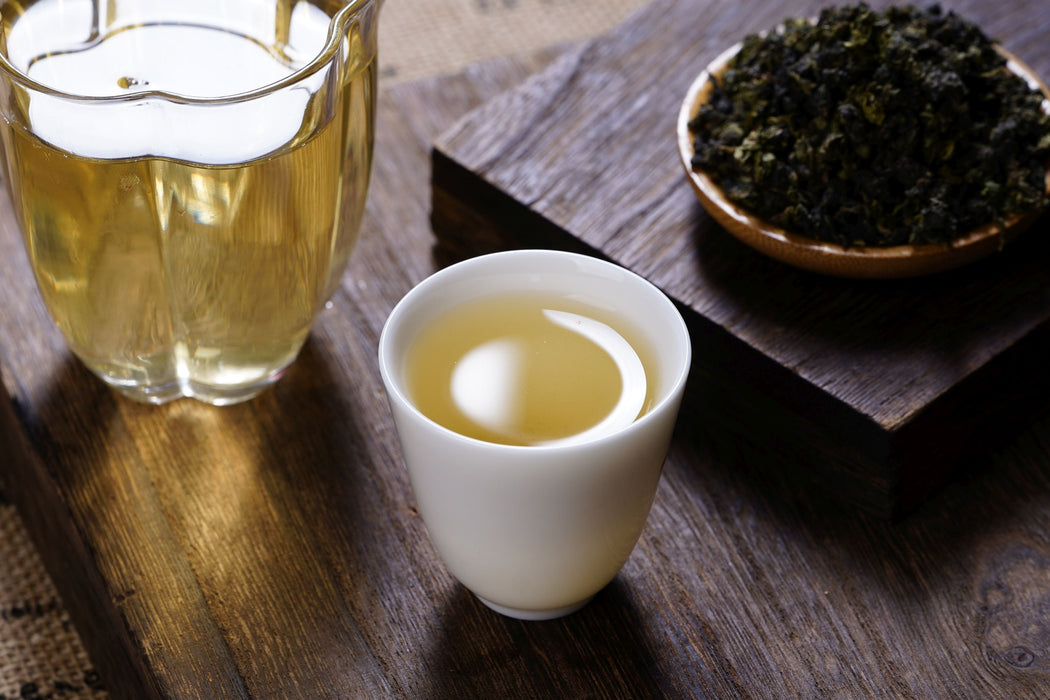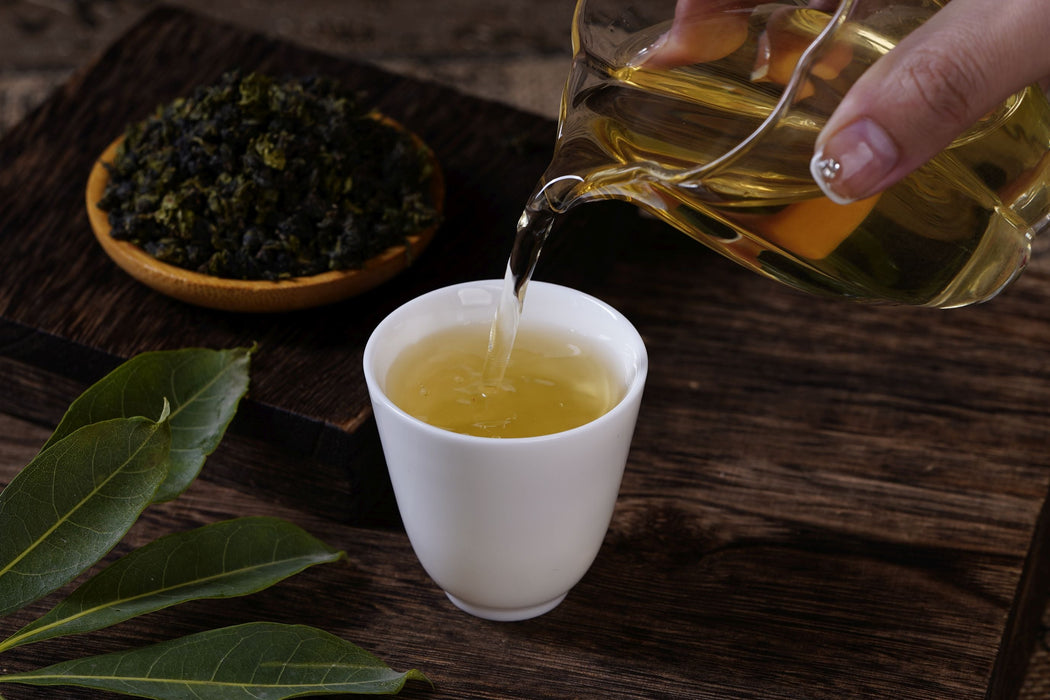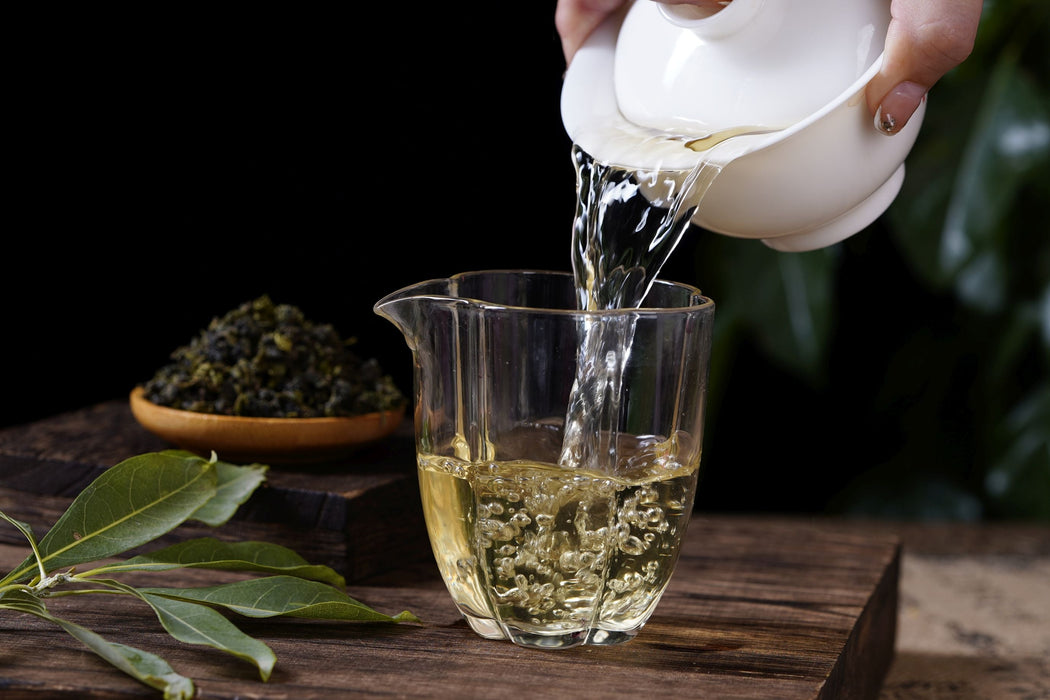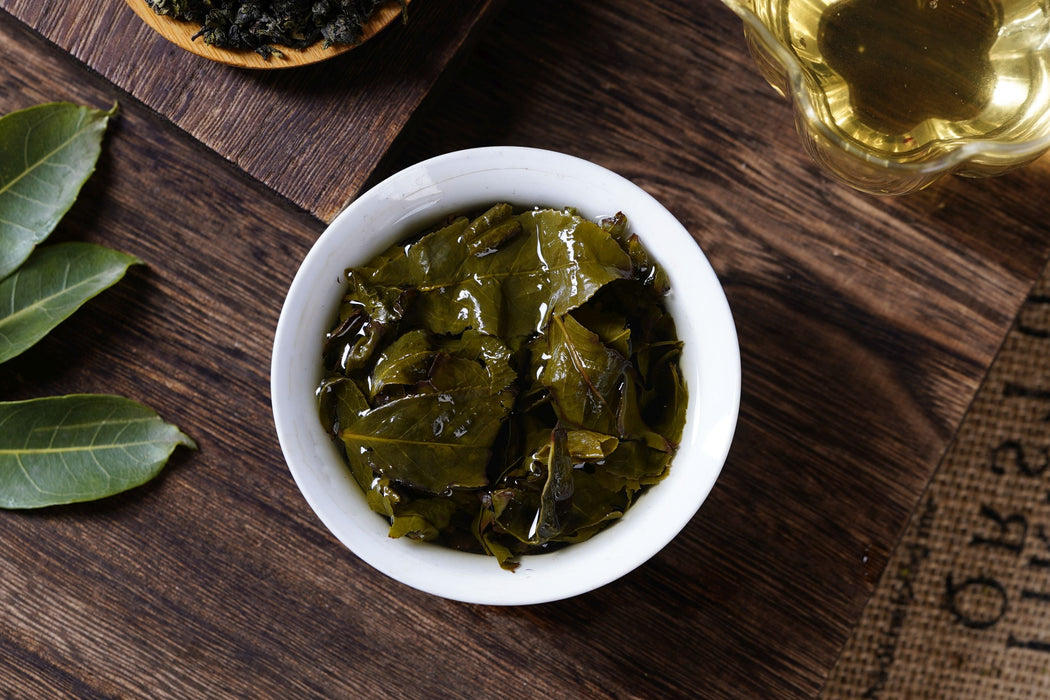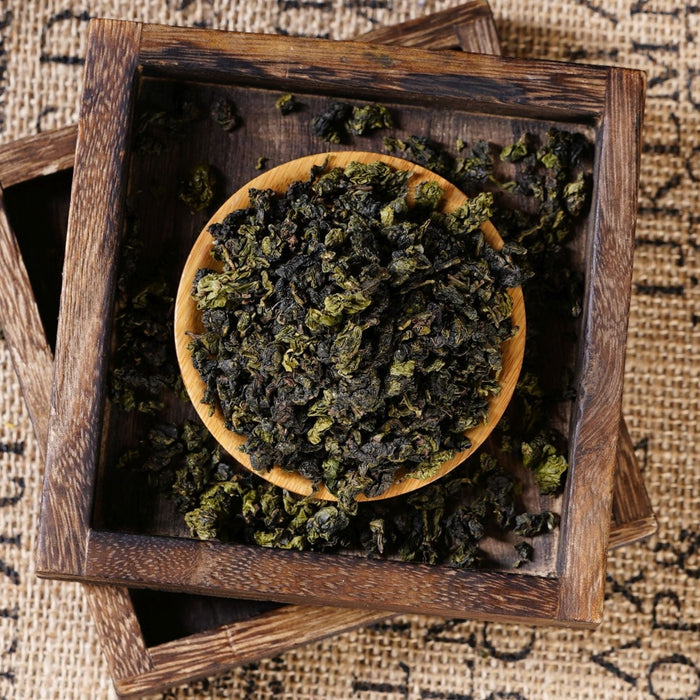
Anxi "Wu Dan Varietal" Oolong Tea
The variety Hei Dan recorded in 'The Compendium of Chinese Tea Varieties' is the same as Wu Dan. In Minnan dialect, the pronunciations of 'Wu' (black) and 'Hei' (black) are the same. The mature leaves of the tea plant have a black and shiny color. Initially, its name was unknown, so it was named 'Wu Dan'. Despite the differences in the characteristics of the tea plant, 'Wu Dan' was mistakenly recognized as a variant of 'Huang Dan' due to the similarity in their names. However, considering the cycle of artificial breeding, it takes about 22-24 years to complete a breeding experiment. Based on written records of cultivation history, the cultivation of Huang Jin Gui (a variety of tea) predates Wu Dan by about half a century. Whether it has undergone human-induced mutations or natural varietal changes during this period is still unknown and may require further verification.
The mouth-feel is thick and the taste is thick with an almost Jin Xuan like milk-like creaminess and a bittersweet aftertaste. The leaves are thick and unfurl gradually with each steep, giving many steeps without becoming boring. You'd expect that such a lovely and unique tea would be expensive, but our offering is affordable and accessible!
The tea is grown in Geqiu Village in Anxi County at an altitude of 650-700 meters by the same tea grower as our "Da Dan" varietal. Spring tea is harvested in April and Autumn tea is harvested in the second half of September.


